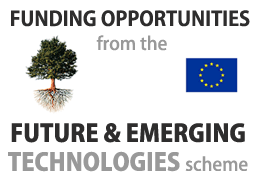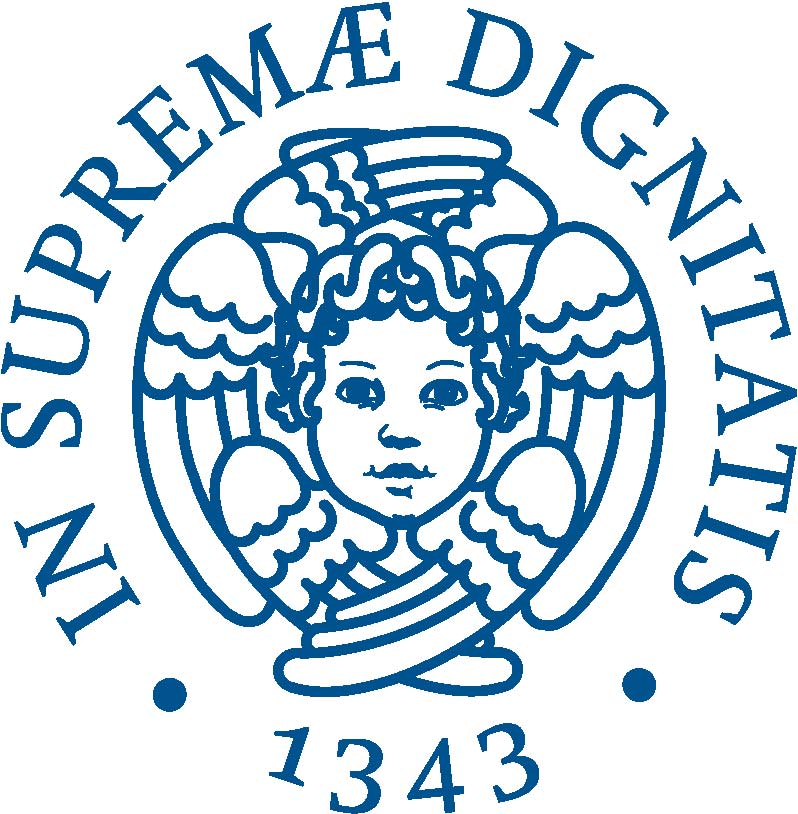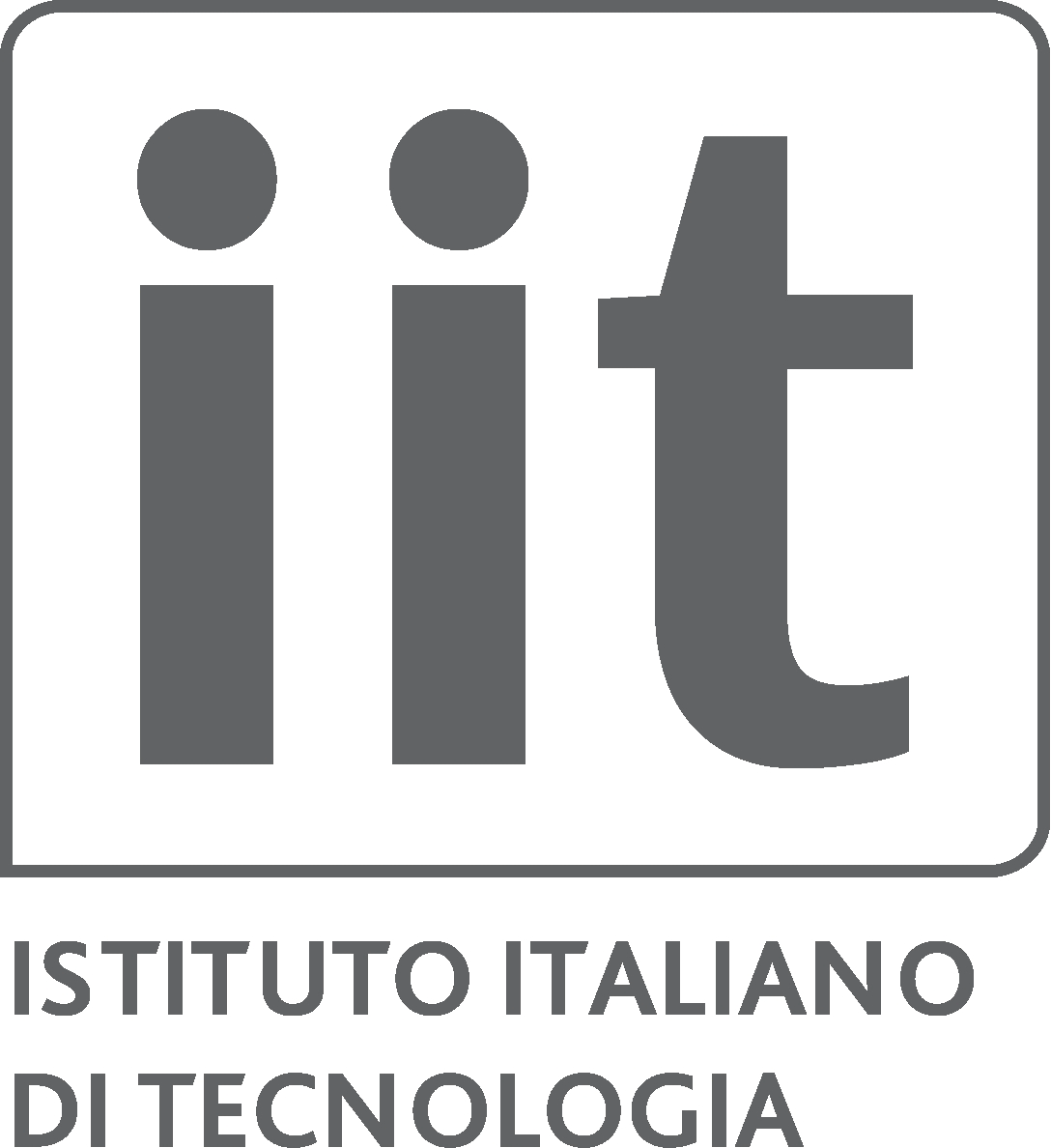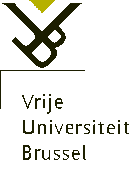Workpackages
WP 1 - Embodied Intelligence Principles for Artificial Actuation
Leader: Università di Pisa
- To study of the fundamental laws that regulate the control of impedance in actuation systems;
- To derive implications to the design of actuators and robots which embody in their material and form the behaviours they are expected to perform;
- To control not just either the force or position, but rather the dynamical relationship between force and position (i.e., the output impedance);
- To study why, and to what extent, variable impedance actuators are \x93better\x94 than conventional actuators, and compare with actuators with low, but fixed stiffness;
- Comparisons will be made with reference to the three foci of attention of this project, i.e.
safety (for manipulation)
energy efficiency (for locomotion)
adaptivity (for rehabilitation)
WP 2 - Robotics of Biological Neuro-mechanical Control
Leader: Imperial College London
Our neuro-mechanical system enables us to manipulate tinny objects skilfully, such as in microsurgery, as well as large loads, or to perform fast movements. The goal of this WP is to investigate main properties of this unique system from a robotics point of view, considering the biological actuators, sensors and control.
- study of critical factors of force/impedance control: generalization, kinematic and muscular redundancy, coordination of grasp and arm movements, dynamic preparation in a catching task, and use of elastic energy to perform efficient and skilful movements.
- Modeling the control of force and impedance considering major characteristics of muscle, proprioceptive sensors and and the nervous system
WP 3 - Robotic Actuators Development
Leader: Istituto Italiano di Tecnologia
- Study of both enhanced conventional (macroscale) and novel (micro/nano-scale) actuation source
technologies and evaluation of their ability and performance as power actuator units exhibiting variable
impedance capabilities. - Design and development of artificial sample muscle units based on variable compliance electric and fluidic actuators as well as on novel actuation source technologies and evaluate their resemblance to the biological muscle.
WP4 - Skilful Manipulation with Variable Impedance Robots
Leader: Deutsches Zentrum für Luft und Raumfahrt
-
Development of control methods for variable impedance actuated hand-arm systems;
-
Integration and evaluation strategies for adapting the force and compliance of the robotic system to a given task in order to increase safety and performance;
-
Increasing safety during interaction with humans and increasing performance when fulfilling autonomous tasks;
-
Evaluating the methods on hardware platforms in realistic application scenarios.
WP 5 - Locomotion with Variable Impedance Actuation
Leader: Universiteit Twente
Analysis, simulation and development of legged locomotion systems which are, at the same time, robust, in terms of the ability of the system to stabilize its motion under substantial disturbances, and energy efficient, in terms of minimization of the energy consumptions.
- Morphological analysis and definition of metrics for “locomotion controllability”;
- Implementation of developed actuators and control in humanoid robots;
- Modelling and simulations of (new actuation for) robust and energy efficient legged
locomotion; - Experiments of (new actuation for) robust and energy efficient legged locomotion.
WP6 - Rehabilitation and Prosthetics with variable impedance actuation
Leader: Vrije Universiteit Brussel
Application of the new actuators concepts and development of new approaches to robotaided rehabilitation, prostheses or orthoses, which can perform better than the existing systems and are closer to human performance in terms of functionality, wearability (including weight), intrinsic compliant interaction with the environment (and the human), intrinsic safety, reliability, appearance and for some applications energy efficiency.
WP 7 - Dissemination and Exploitation
Leader: Università di Pisa
- Dissemination of the results of the project to different targets: the international scientific community
as well as general public; - Coordination of the dissemination and exploitation activities in the countries of each member of the
project; - Open a dialogue with other scientific communities working in analogous fields;
- Ensuring the exploitation of the results






